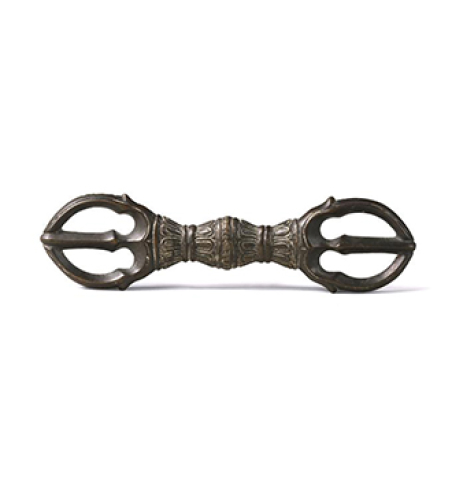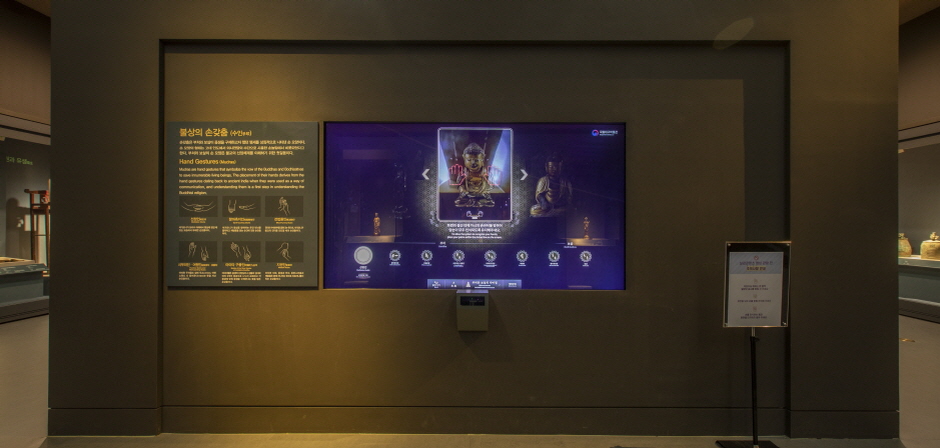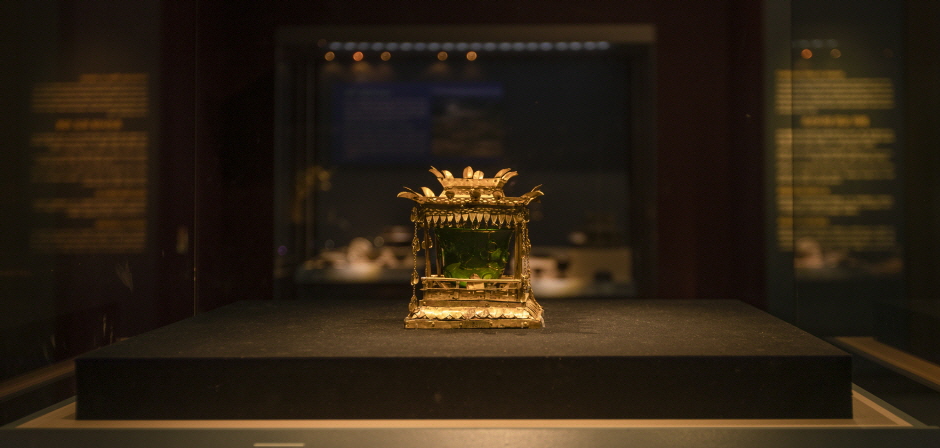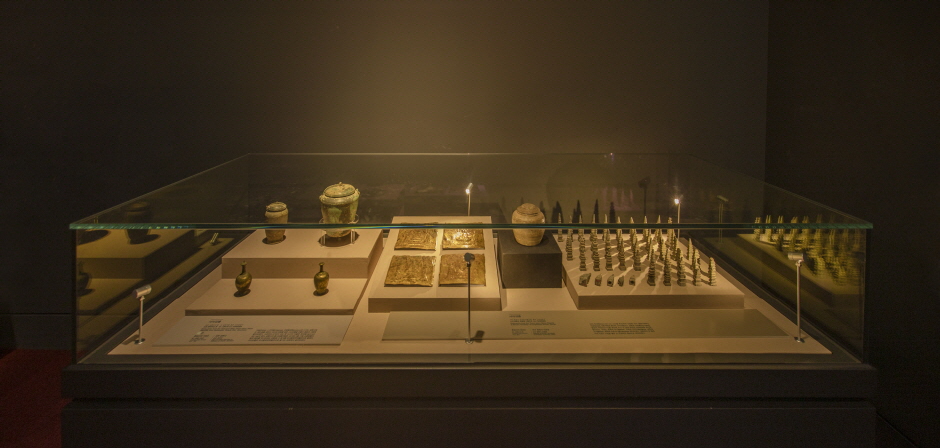This exhibition hall is dedicated to Buddhist and Confucian culture. It features Buddhist sculptures and crafts from the Three Kingdoms, Goryeo, and Joseon periods, and also explores the rise of Neo-Confucianism in the Joseon period, when some Buddhist temples were converted into Confucian private schools and Confucian scholars of the Yeongnam School became active in the area. The exhibits are organized to reflect the guiding Confucianist principle that, in order to properly govern a nation and bring peace to all, one must first be able to govern one’s family.
Buddhism
Duration
Images of Buddhist saints and guardians represent the Buddhist doctrine of tangible objects of worship. Silla was the last of the Three Kingdoms of Korea to adopt Buddhism, after Baekje and Goguryeo. In Silla, the production of Buddhist images became widespread by the seventh century, primarily centered around the capital of Gyeongju. Northern areas (e.g. Yeongju, Bonghwa, Andong, Gunwi, and Gumi in Gyeongsangbuk-do) served as channels for the import of Buddhist culture; thus, numerous Buddhist artifacts have been found in the area, including gilt-bronze Buddhist images from the Three Kingdoms period and stone Buddhist images from the early Unified Silla period.
Featured Items
Pensive Bodhisattva

Buddha
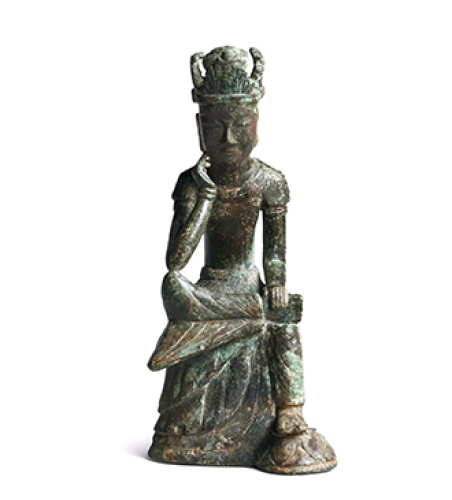
Pensive Bodhisattva
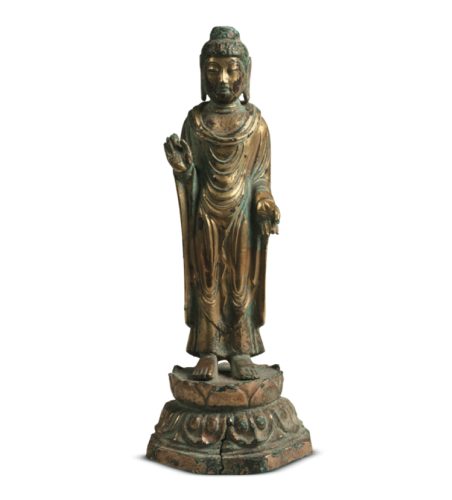
Avalokitesvara Bodhisattva

Avalokitesvara Bodhisattva
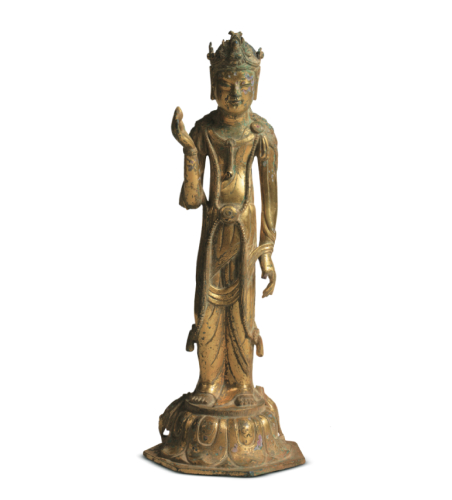
Buddha
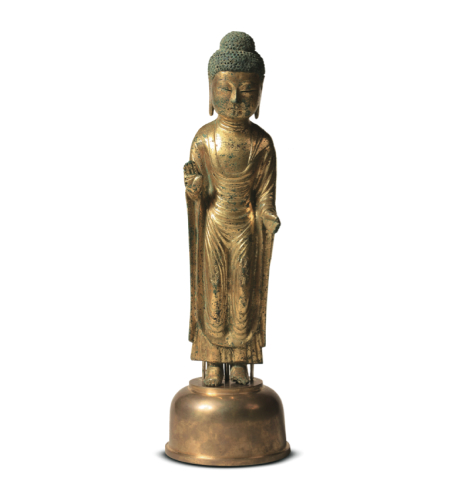
Buddha

Bodhisattva
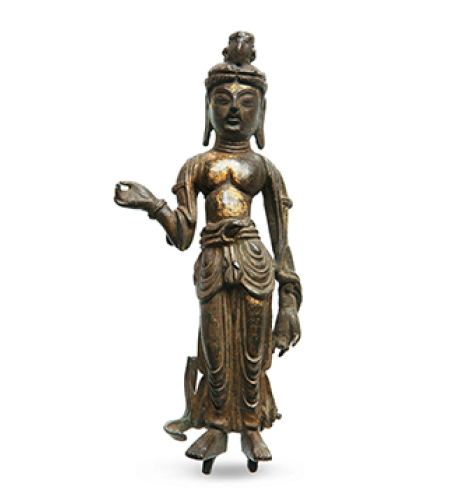
Lion States
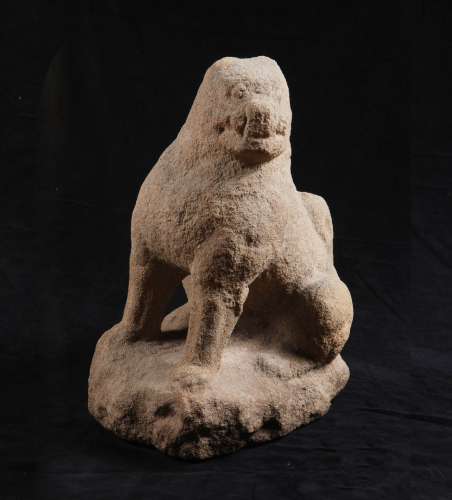
Vairocana
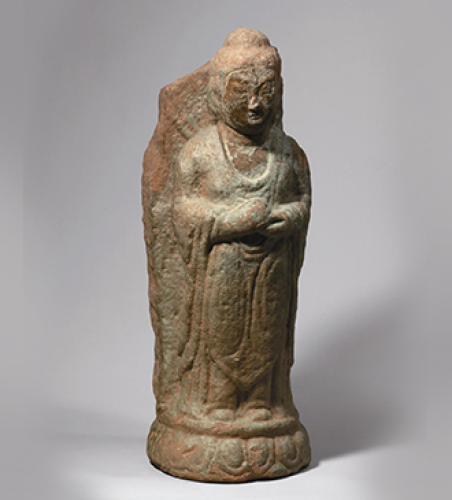
Buddhas

Amitabha Buddha
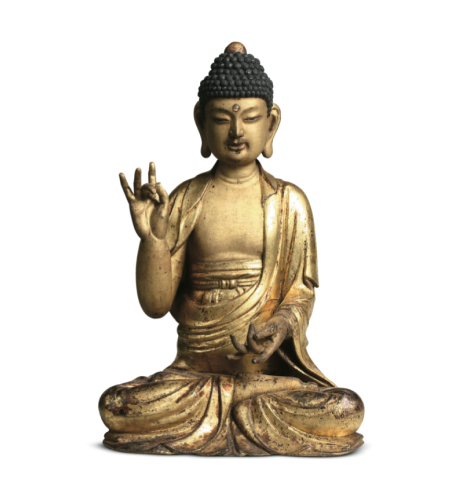
Duration
Buddhist pagodas serve as ornate storage units for sarira, which are beads, crystals, or relics believed to be corporeal remains of Buddhist monks or masters. Sarira are typically placed in containers called reliquaries, which can be made from diverse materials (e.g. gold, silver, bronze, iron, stone, glass, crystal, etc). The reliquaries are then enshrined within a pagoda, along with other sacrificial offerings, such as miniature Buddhist images, beads, and accessories. The excavation and examination of sarira reliquaries and other relics from stone pagodas of the Unified Silla period have revealed important details about the Buddhist culture of the region. Today, representative objects of the Buddhist culture of Unified Silla include sarira reliquaries, green-glass sarira bottles, and diverse sacrificial offerings found in the Five-Tiered Brick Pagoda at Songnimsa Temple in Chilgok; the Three-Tiered Stone Pagoda at Galhangsa Temple in Gimcheon; and the Three-Tiered Stone Pagoda at Naehwari in Mungyeong.
Featured Items
Reliquary

Reliquary

Reliquary
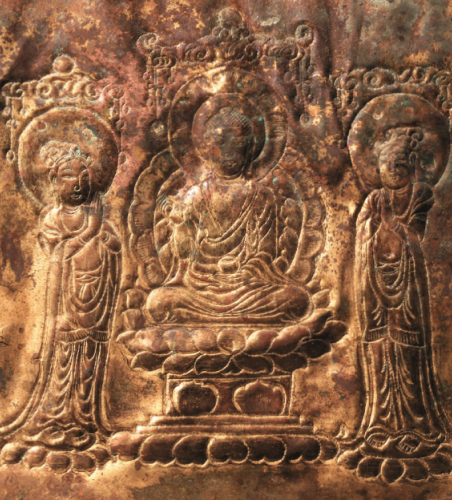
Reliquary
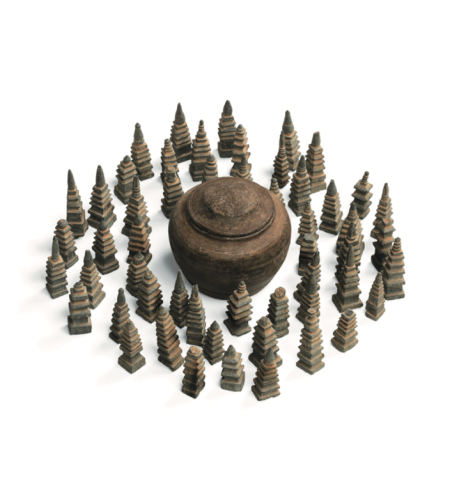
Reliquary
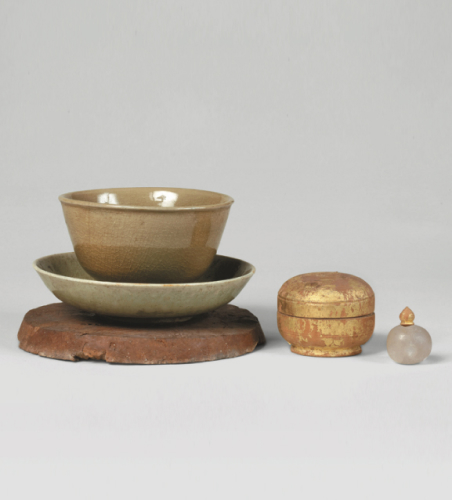
Duration
Buddhist handicrafts can be generally divided into three categories: ritual objects, objects used for sacrificial offerings, and decorative objects. The first category includes objects that were used to call monks to gatherings, such as bells, umpan (cloud-shaped gongs made of iron or bronze), and mogeo (large hanging wooden fish), as well as objects that were actually used during rituals, such as bara (cymbals), woodblocks, hand bells, and vajra.
The second category includes kundika bottles, incense burners, flower vases, candlesticks, and dishes for food. The third category includes sarira reliquaries, ornate roof tiles and bricks, and diverse decorative articles that were used to signify the Purified Land of Buddha, such as canopies, banners, altars, and baldachins (ornate canopies over an altar).
Featured Items
Dragon Head
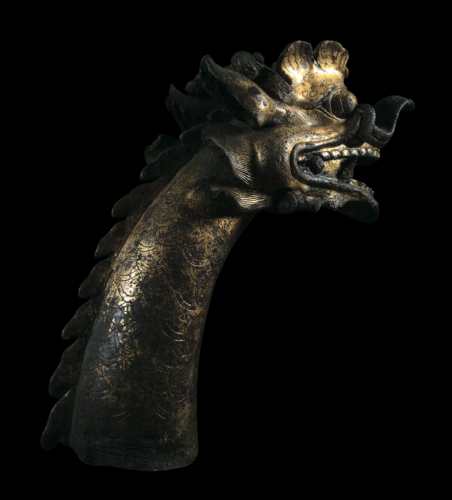
Buddhist Bell

Buddhist Bell
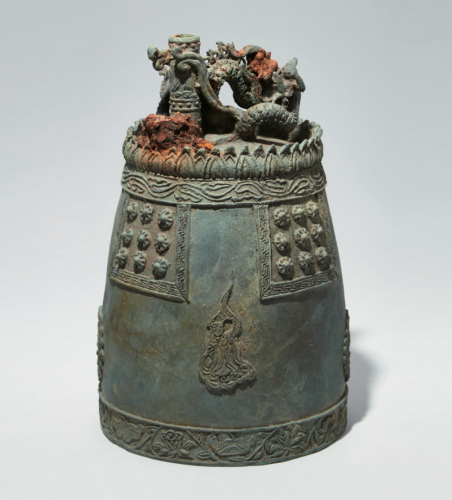
Buddhist Gong
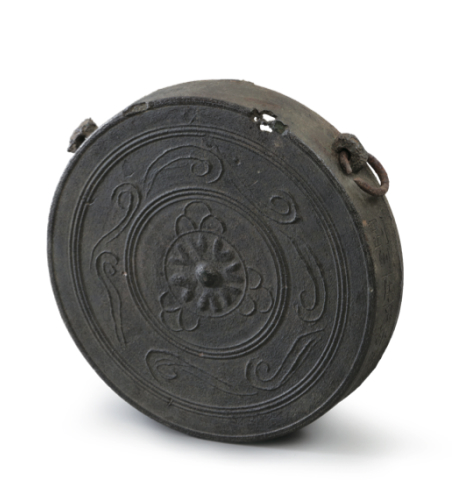
Incense Burner
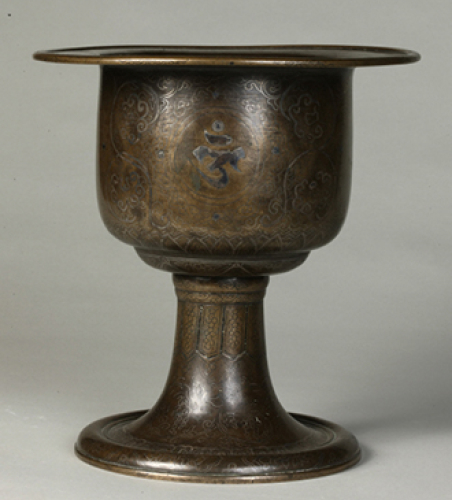
Ritual Ewer(Kundika)
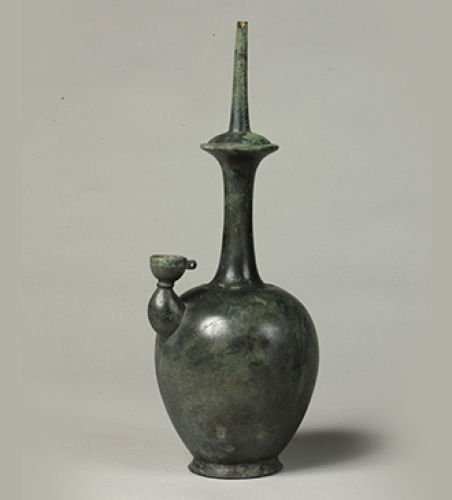
Vajra Bell
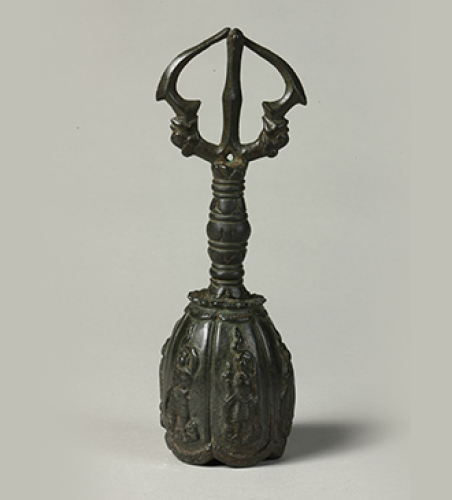
Vajra
